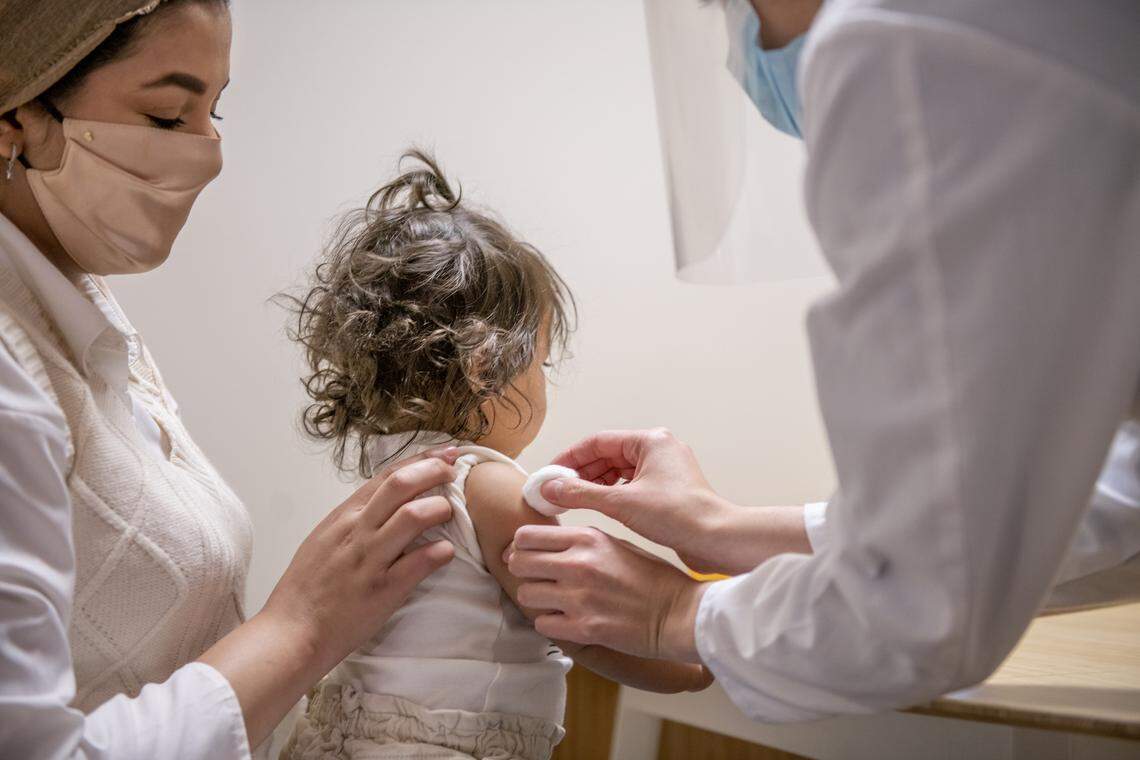How Many Kentuckians Are Skipping Child Vaccines? The Data Revealed

Rising Religious Exemptions and Declining Vaccination Rates in Kentucky
Recent data from the School Immunizations Survey indicates a concerning trend in Kentucky, where fewer kindergarten students are receiving the vaccines required to attend school. The state's overall percentage of fully vaccinated kindergarten students for the 2024-25 school year stands at 82%, which is significantly lower than the national average of 92.1% for the diphtheria, tetanus, and pertussis (DTaP) vaccine and 92.5% for the measles, mumps, rubella (MMR) and polio vaccines.
This decline in vaccination rates has coincided with a growing number of religious exemptions. According to Kentucky Public Health data, the percentage of students who have opted out of vaccines on religious grounds has steadily increased since the 2020-21 school year. In that year, 0.83% of 50,595 kindergarten students were exempt due to religious reasons. By 2024-25, this figure had risen to 2% among 51,319 students surveyed.
Kentucky’s situation reflects a broader national trend, with non-medical exemptions increasing from 1.9% in 2020-21 to 3.4% in 2024-25. These exemptions include both religious and personal belief-based objections. The rise in such exemptions has contributed to declining vaccination coverage across the country.
Impact of the Pandemic and Public Health Education
Dr. Steve Davis, a health official with the Lexington-Fayette County Health Department, shared his insights on the reasons behind the drop in immunization rates. He emphasized that the pandemic and its disruptions to healthcare services have played a major role. However, he also pointed to a need for stronger public health education efforts.
Davis, who has witnessed the severe consequences of unvaccinated children suffering from preventable diseases, stressed the importance of vaccines. “Immunizations aren’t just for mild illness,” he said. “They prevent serious illness or even death.” He recounted instances where he had seen children suffer from meningitis, pneumonia, and other life-threatening conditions that could have been prevented through vaccination.
He acknowledged that while some families may not be fully informed about the benefits of vaccines, the responsibility lies with the healthcare community to provide better education. “I’m not pointing at families. I’m looking in the mirror,” Davis said. “We need to do a better job of communicating the importance of vaccination.”
Catching Up on Vaccinations
For parents concerned that their child may be behind on vaccinations, there are resources available to help. If cost is a barrier, local health departments often offer programs to assist. For example, the Vaccines for Children (VFC) program provides free vaccines to eligible children, including those who are uninsured, underinsured, or Medicaid-eligible.
Parents can contact their local health department to learn more about the VFC program and find nearby providers. A full list of VFC-approved providers is available online through the Kentucky Cabinet for Health and Family Services. This resource can help ensure that children receive the necessary vaccines to stay protected and meet school requirements.
Broader Implications
The decline in vaccination rates in Kentucky and across the U.S. highlights the ongoing challenges in maintaining public health. While religious exemptions and personal beliefs play a role, the broader issue involves ensuring that all families have access to accurate information and affordable healthcare. As vaccination coverage continues to fall, the risk of outbreaks of preventable diseases increases, making it more important than ever to address these gaps in immunization.
Post a Comment for "How Many Kentuckians Are Skipping Child Vaccines? The Data Revealed"
Post a Comment